Why do peppers rot and blacken on a bush in a greenhouse and what to do
Summer residents-gardeners want to grow as many different crops as possible on their plot, so that everything on the table is homemade, grown with love and with their own hands. Many of us ask a natural question: why does pepper rot in a greenhouse? After all, it is not exposed to direct sunlight, rain and wind. It is very sad that after hard work our plants start to get sick. It seems that everything has been done correctly: the greenhouse is equipped and watering is regular, and the crop is dying. Let's take a closer look at this issue.
What conditions are needed for the growth of sweet pepper
Conditions necessary for the normal growth and development of sweet pepper bushes:
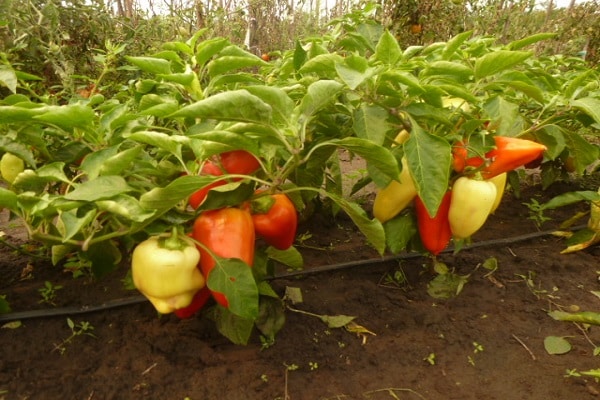
- loose light soil;
- air humidity not higher than 60%;
- watering as the top layer of the soil dries up;
- correct fertilization;
- ventilation mode;
- soil temperature within 25 degrees.
These five points are the basis for a good harvest of peppers.
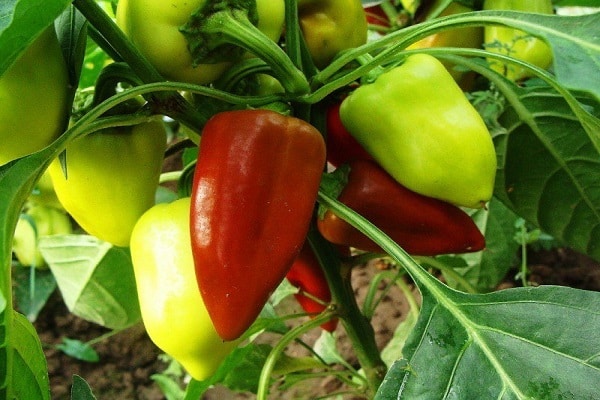
Diseases of bell peppers
The causes of the disease of bell peppers can be violations of one or several conditions of their growth. For example, high temperatures or humidity, unbalanced feeding, poor quality heavy soil or lack of ventilation. Consider some of the main types of pepper diseases:

- Top rot.
- Late blight.
- Blackleg.
- Spotted wilting.
- Gray rot.
Vertex rot
If brown spots appear on the pepper, then this is the onset of apical rot disease. It is manifested by the appearance on the tops of the fruits of dark brown specks, which grow. These stains are dry to the touch. With further development of the disease, the spots become larger and flat or depressed areas of dry rot appear. Affected vegetables stop growing and ripen quickly. You cannot eat such fruits that have been affected by the top rot, since they have a bad taste and they will not bring any benefit.
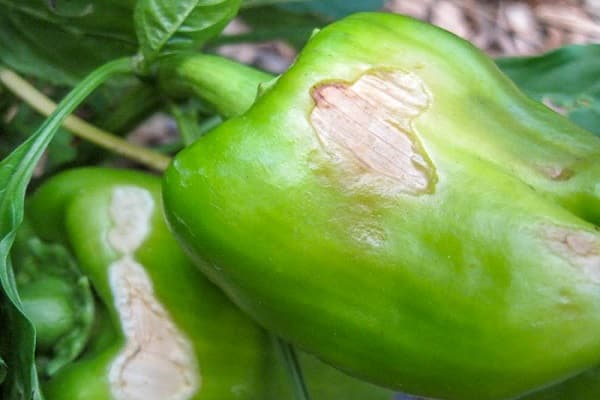
Some recommendations:
When studying the top rot, it was found that in 90% of cases of this disease, irregular watering at elevated temperatures is the cause. The regularity of soil moistening, temperature and air humidity should be optimal (temperature 18-22 degrees, humidity 60%). With an increase in air temperatures, watering should be increased and vice versa. Airing the peppers in the greenhouse also plays an important role.
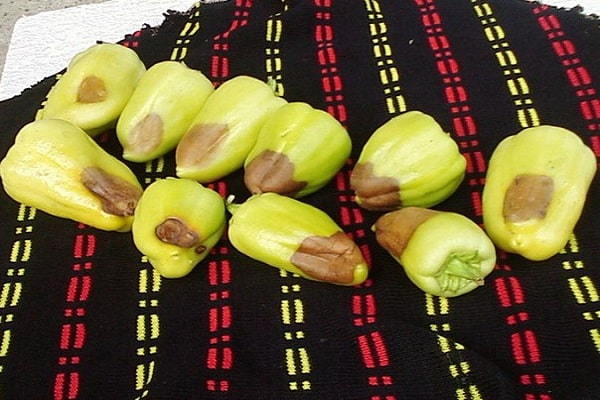
Traditional methods of treating top rot
What to do if top rot has begun on sweet pepper:
- One liter of milk is poured into a bucket and filled with water up to 10 liters.This solution is applied to the leaves and fruits of the pepper once a week. Repeat the procedure 2-3 times.
- Dried egg shells crushed in a mortar are also used. It is crushed into powder, which is sprinkled with holes before planting seedlings in them.
- Two tablespoons of chalk crushed into powder are mixed with one liter of warm water and water the bush with defeat.
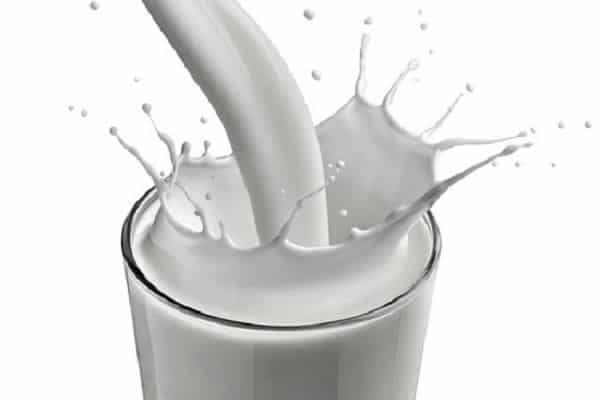
However, it must be remembered that an excess of calcium can lead to a lack of potassium in vegetables, and this is fraught with disturbances in fruit ripening. Therefore, an integrated approach and moderation in soil fertilization is needed.
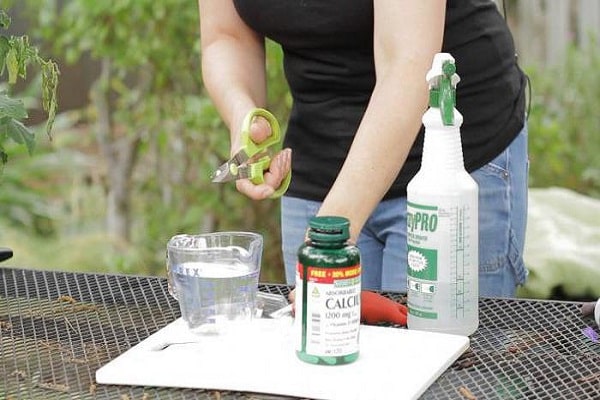
Late blight
A common disease of peppers is late blight. To the question: why the fruits of pepper turn black, we can definitely say that this is due to the penetration of the phytophthora fungus into the cells of the vegetable. The onset of the disease is characterized by the appearance of small, dirty green spots on the fruit. Then these dots become large and blackening spots and spoil the entire bush. The leaves of the plant bush become twisted, as if they were burnt. The plant dies. And fungal spores are carried to neighboring plants and get into the soil.

Disease prevention recommendations
Pepper treatment for phytophthora is made with special chemicals. And prevention is carried out with a solution of Bordeaux liquid, also by spraying with Fitosporin-M, calcium nitrate, etc. Also, a very important role is played by airing in greenhouses and watering the bushes with warm water.
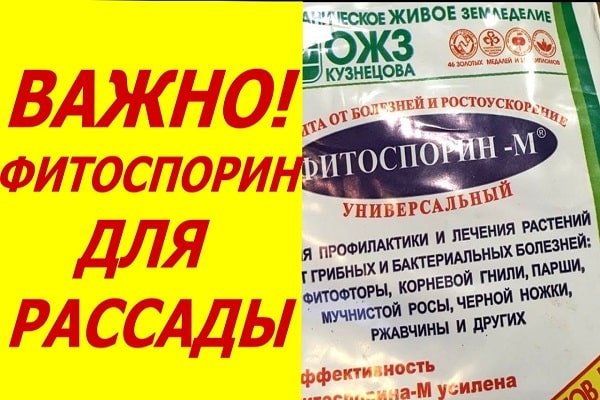
Blackleg
Blackleg usually affects pepper seedlings. But it can also affect the fruit when its spots appear on the fruit. It is characterized by the fact that a dark gray or black area of necrosis appears on the bush, closer to the root. Then the root rots and the plant dies. Infection with black leg on pepper can be prevented by soaking the seeds in a solution of potassium permanganate and watering the seedlings with a warm, weak solution of potassium permanganate. The natural antifungal agent Fitosporin also works very well. However, if the stems have turned black, then such plants are urgently removed from the site and burned.

Spotted wilting
The answer to the question: why do peppers rot in the greenhouse on the bushes, it may be that the plant overtook a spotted wilting. This disease begins with dark yellow or brownish spots appearing on the leaves. They are similar to sunburns, which is why the appearance of dark, ring-shaped dryness on the leaves and fruits of the pepper is often confused with them.
The reason for the appearance of bronze is that insects carry this disease: aphids, cicada, thrips. If insects appear on the plants, then they must be treated with the appropriate insecticides, and the plant must be treated with Fundazol.
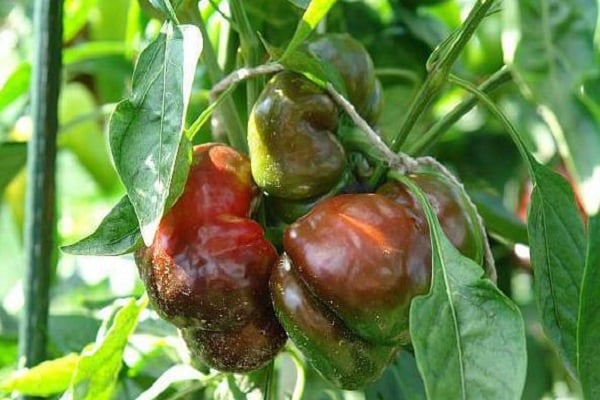
Gray rot
Gray rot of peppers develops when the plant is exposed to very high humidity and heat. It affects all parts of the plant. The stem can rot, as well as the leaves, fruits and flowers of the plant. The growth of gray molds contributes to decay. If the greenhouse air is very humid, then the disease will cover a large area of the peppers very quickly. Why the whole crop can die.
In the event that bell peppers grow on the street, in the garden, then never plant it under trees and shrubs. Gray rot can appear after prolonged rains or insufficient air aeration. This can happen if the planting of peppers is thick or poor ventilation in the greenhouse.
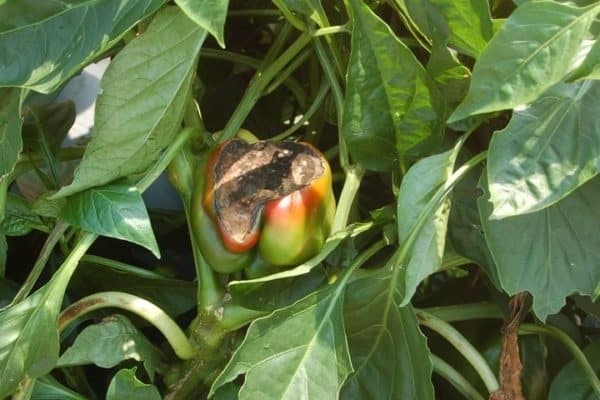
Tips:
- Treatment for gray rot should be carried out immediately after its first signs are found. The bushes are treated after removing the affected areas of the plant and fruits with a fungicide solution.
Prevention of disease is important. It consists in observing the norms of soil and air moisture.
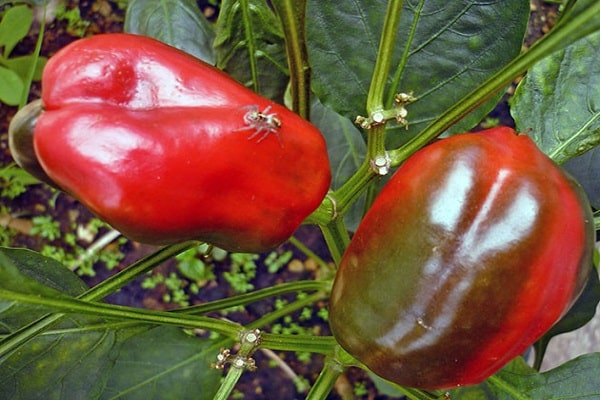
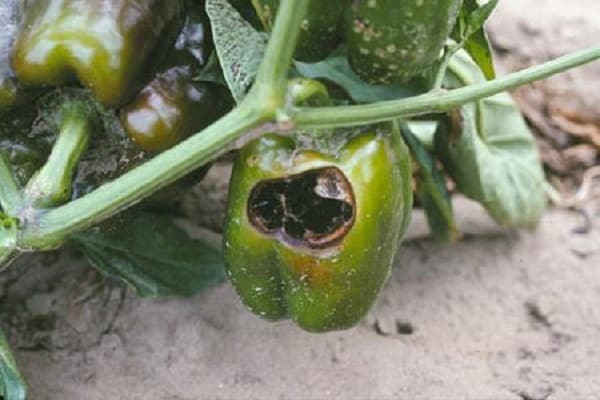
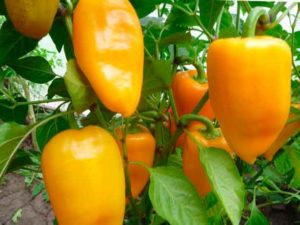
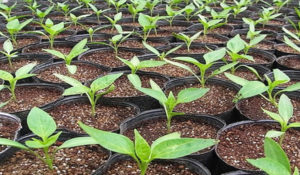

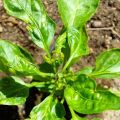
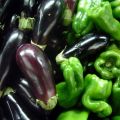
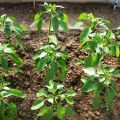


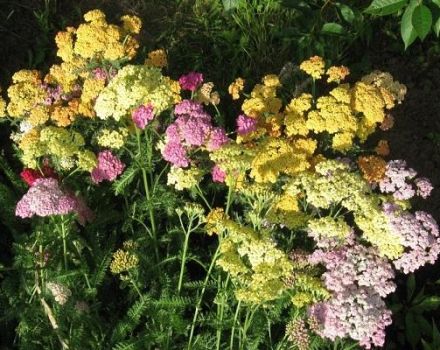
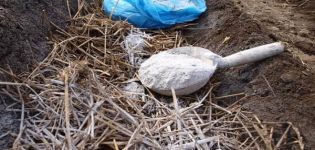
I never thought that a growth activator BioGrow affects not only the yield, but also the resistance to all kinds of diseases and other troubles. This year I tried it on peppers - and no rot! And the harvest is record-breaking.